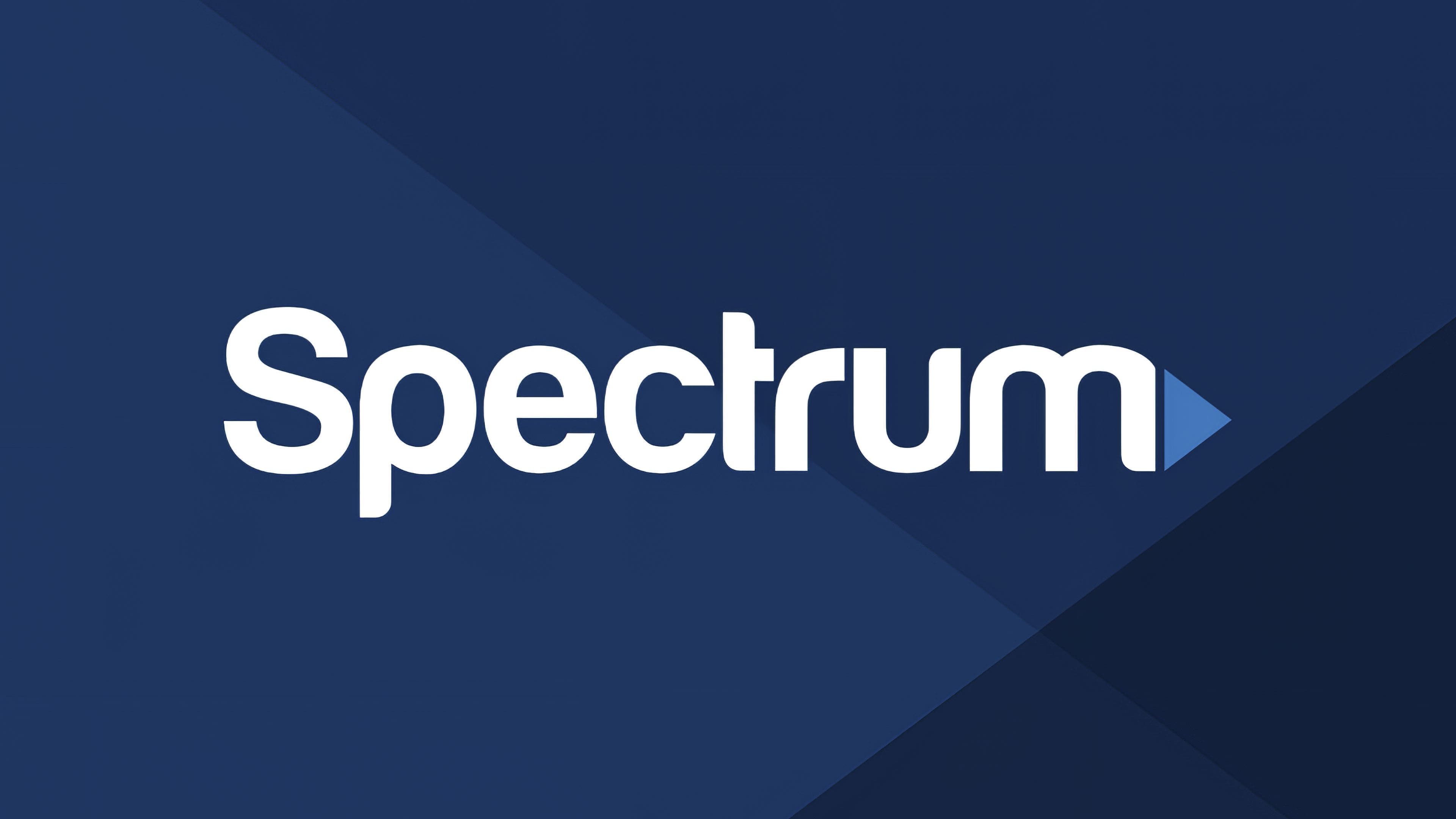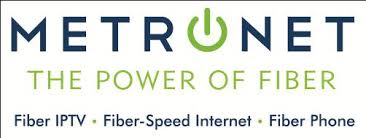Starlink pioneers high-speed internet via a constellation of satellites by Elon Musk, revolutionizing internet access worldwide.
22 October, 2024 | Posted by: Pablo Mendoza
Category: Entertainment, News, Internet, Service Providers | No Comments

Ever wondered how far a tweet could travel if it hitched a ride on a satellite?
Imagine a world where the internet zips across the skies, bouncing from metal birds soaring miles above. That's the realm Starlink inhabits, turning the stratosphere into a superhighway of data. With Elon Musk at the helm, this ambitious venture aims to blanket the globe with connectivity, offering a slice of the digital age to every corner, from bustling cities to the most remote locations.
Starlink emerges as a trailblazer in this high-altitude endeavor, harnessing a constellation of satellites to forge a network unlike any before. With low Earth orbiting (LEO) technologies at its heart, it promises high-speed internet access that eclipses traditional satellite services in both performance and reliability.
As such, Starlink signifies a seismic shift in how we connect, aiming to democratize internet access with unparalleled coverage and rapidly improving speeds.
Satellites in Low Earth Orbit are the backbone of Starlink, ensuring swift internet that spans the globe.
By reducing space-to-Earth latency, Starlink delivers a broadband experience competitive with land-based services.
With an arsenal of advanced satellites, Starlink achieves high-speed connectivity that rivals, and sometimes exceeds, fiber optics, erasing digital divides.
Innovative design and frequency reuse propel these satellites, making high-bandwidth internet accessible in the remotest locations, an upshot of Musk's vision.
Starlink's innovative network has the potential to connect underserved communities worldwide.
This endeavor marks a significant step towards global digital inclusion.
Not only does it promise to shrink the connectivity chasm, but it also aims to kindle socioeconomic advancements on a global scale.
Anticipated to revolutionize internet access, Starlink's speeds are projected to rival, if not surpass, terrestrial broadband performance. Yet, real-world tests sometimes reveal a complex narrative.
Users typically expect seamless connectivity, with downloads surging at 100 megabits per second (Mbps) or higher. In reality, speed can fluctuate significantly due to factors like satellite visibility, atmospheric conditions, and network congestion.
The term "high-speed" in satellite context is both relative and evolving, as Starlink continues to refine its constellation for consistency and performance enhancements.
Starlink presents itself as a game-changer for remote areas, promising download speeds that can reach up to 200 Mbps.
In the realm of uploads, users have reported speeds that vary widely — generally in the range of 10 to 40 Mbps. It's a leap ahead compared to geostationary satellite offerings, yet there is room for improvement when bench-marked against fiber-optic speeds. Regular enhancements to the Starlink network promise to incrementally increase these numbers, ensuring a more stable and swift internet solution for subscribers.
Latency, often a sore point with traditional satellite services, has seen a marked decrease with Starlink. Thanks to the low Earth orbit (LEO) constellation, users typically experience latency resembling that of terrestrial services, usually between 20 to 40 milliseconds. This positions Starlink as a viable option for activities requiring real-time interaction, such as online gaming or video conferencing.
Ultimately, the upload and download metrics are pivotal to user satisfaction. While download speeds often capture the headlines, it's the balance of both that defines the quality of an internet service. Starlink's continuous updates and satellite launches suggest a steady march towards closing the gap with ground-based internet technology, striving to offer a reliably fast service no matter the location.
The quest for connectivity has launched us into the cosmos. Starlink challenges traditional internet paradigms by transcending terrestrial limitations to deliver data from space.
For decades, satellite internet was synonymous with sluggish speeds and high latency—a stark contrast to the fiber-optic networks sprawled across urban landscapes. Yet, Starlink breaks the mold, leveraging a constellation of low Earth orbit satellites that drastically reduce the distance signals must travel, edging closer to the responsiveness of ground-based broadband services.
Although Starlink's speeds may not consistently surpass those of top-tier fiber services, they represent a monumental leap over legacy satellite providers. With download rates that can eclipse 100 Mbps and latency figures that rival some cable connections, Starlink is eroding the historic performance chasm that once defined space-based internet access.
Furthermore, as terrestrial providers grapple with the complexities of expanding into underserved regions, Starlink's orbital architecture allows it to blanket those areas with reliable connectivity. This makes it an enticing option for rural dwellers thirsting for speeds once reserved for city-goers, embodying a leap forward in democratizing high-speed internet access globally.
To envision Starlink's coverage over your domicile, one need only navigate to their website and input your locale. Here, ease meets possibility, as a user-friendly interface unfurls, providing instant feedback on service eligibility based on your precise geography. This real-time mapping is instrumental in bridging the gap between urban centers and remote areas, painting a clear picture of Starlink's expansive footprint.
Coverage eligibility is constantly updated, reflecting Starlink's dynamic expansion. This ensures that potential subscribers receive current information on connectivity prospects. Bookmarking the inquiry page and revisiting periodically could offer a path to high-speed internet as new satellites take their perch in Earth's orbit.
Starlink's continuously evolving network can be tracked and visualized with intuitive online tools. These resources remain crucial to understand the real-time growth of service zones and to manage customer expectations about availability.
Keeping an eye on coverage maps is essential for anticipating when Starlink might become a viable option in your area. As the constellation expands, updates on the official Starlink website, along with third-party tracking services, provide valuable insight into upcoming service regions. This monitoring enables future subscribers to prepare for availability and explore the service's potential impact on their internet connectivity needs.
Likewise, social media platforms and forums serve as an informal means to gather user-reported coverage updates. Within these digital spaces, existing customers may share their experiences and signal network expansions, offering a grassroots level of service tracking that complements official sources.
Ultimately, it's beneficial to consult several resources for the most comprehensive view on Starlink's availability. By considering both official updates and community discussions, one gains a multifaceted understanding of service rollout that informs decisions on whether to wait for Starlink or seek alternative high-speed internet solutions.
Starlink's initiative to deliver internet access has been rolled out in strategic phases.
Each phase has advanced Starlink closer to worldwide coverage.
Ongoing launches and technological enhancements will further densify the network.
Effortlessly aligning with the stars for internet connectivity, the installation of the Starlink kit is a straightforward affair. After the quick assembly of the included tripod, transceiver, and router, you simply choose an open area with a clear view of the sky. The Starlink app then assists in identifying the optimal location for the best signal reception.
Once positioned, the Starlink dish autonomously orientates itself to lock onto the nearest satellite, establishing a high-speed connection. Regular software updates are automatically downloaded, ensuring the system remains at the cutting-edge of satellite communication capabilities.
Unpacking the Starlink Kit unveils a sleek, compact array of essential components. With intuitive design, the setup journey starts from unboxing to online in no time.
Positioning is critical; the dish requires a clear, unhindered sky view.
Once powered, the magic begins—Starlink's motors adjust the dish for optimal satellite connection. This automated process ensures precise alignment without the need for a professional installer.
After adjusting to the heavens above, your Starlink is ready to connect devices. You'll be instructed to finalize the setup through the app, which becomes a command center for your new space-age internet. From here, you can monitor signal quality, data usage, and receive support—an elegant portal to the vastness of cyberspace.
High-speed internet is a valuable commodity today.
As we explore the realm of satellite internet, particularly Starlink, the cost factor becomes a significant part of the equation. Unlike traditional broadband which often has various providers competing in any given area, leading to a range of pricing options, satellite internet services like Starlink occupy a more niche market. Consequently, they can dictate terms on pricing, limited at present by the number of competitors in this high-tech segment.
Starlink's approach to pricing reflects its innovative technology.
The initial outlay for Starlink is - to be frank - not insubstantial. Customers must invest in specialized equipment on top of the monthly subscription fee to maintain this high-speed, low-latency satellite internet connection, which some may find daunting.
Yet the overarching benefits of satellite-based internet connectivity could justify these expenses. Consumers are paying for cutting-edge technology, after all, with the service expected to evolve rapidly throughout 2023 and beyond. Such developments promise to enhance the quality of the connection and potentially introduce more competitive pricing as the market grows.
With the brand name, Spectrum, Charters Communications cater, about 41 states and millions of customers in the US with their TV, Internet, and Home Phone Services. It features a whole bunch of plans and great deals for all three zones (TV, Internet, Phone), making it an exquisite choice for both; people looking for separate plans or bundled deals.
15 November, 2024 | Posted by: Pablo Mendoza
Category: Apps, Deals & Packages, News, Internet, Service Providers, Technology, TV | No Comments

With the brand name, Spectrum, Charters Communications cater,
about 41 states and millions of customers in the US with
their TV, Internet, and Home Phone Services. It features a whole bunch of plans
and great deals for all three zones (TV, Internet, Phone), making it an
exquisite choice for both; people looking for separate plans or bundled deals.
Under the name Spectrum TV, it offers various plans for
Television. Few of these plans can be merged or bundled with the Internet and
Phone services. You can opt for the best suitable deal based on the need and
budget.
Spectrum TV offers three diverse plans for those who prefer 'TV-only'
options rather than the merged or bundled ones.
Spectrum Television Plans
To fulfill the desire of most TV lovers, Spectrum TV provides a wide
array of packages ranging from 125+ to 200+ Channels in
addition to Premium plans. Although Spectrum TV Channels vary
from city to city, the most common channels are inclusive in all the packages.
Salient Features of Spectrum TV
To check the availability of the best packages and deals of SpectrumTV in your area, enter the City Name or Zipcode at KonectEaze and get the complete information.
If you are new to San Antonio or struggling to find the best Internet Providers in your area, KonectEaze is here to help you out. We provide you with the list of the best Internet Providers in San Antonio near your area, with brief details of their plans.
15 May, 2024 | Posted by: Pablo Mendoza
Category: Deals & Packages, News, Internet, Service Providers, Technology | No Comments

Is your work suffering due to poor Internet Services? Are you looking for the best Internet Providers? Here is a guide to choose the best Internet Services in San Antonio?
If you are new to San Antonio or struggling to find the best Internet Providers in your area, KonectEaze is here to help you out. We provide you with the list of the best Internet Providers in San Antonio near your area, with brief details of their plans.
1. AT&T & AT&T Fiber
AT & T is one of the biggest Internet provider companies in the US. With a download speed of up to 1000Mbps, it offers DSL, Fibre connection or fixed wireless technology.
a. With 1000Mbps (fibre): $49.99/month.
b. With 100Mbps (DSL): $49.99/month per line.
c. 10Mbps (fixed wireless): $60.00/month.
2. Spectrum
Spectrum Internet covers a large area, 98.6% of San Antonio, allowing easy access to everyone. It offers different plans for TV and the Internet. Their Internet packages include:
a. Internet with 100Mbps speed: $49.99/month.
b. Internet Ultra with 400Mbps speed: $69.99/month.
c. GIG with 940Mbps speed: $109.99/month.
3. HughesNet
HughesNet is a company trusted throughout the United States for Satellite Internet Service with 100% coverage of San Antonio. Various packages offered are:
a. 25 Mbps speed with 20GB/month data cap: $69.99/month.
b. 25 Mbps speed with 30GB/month data cap: $99.99/month.
c. 25 Mbps speed with 50GB/month data cap: $149.99/month.
4. Viasat
Viasat is another Satellite Internet Service with 100% coverage, even in the outskirts. One of the features of Via Set services is that once you use the priority data, it still allows a slow speed connection. Their plans are:
a. Liberty12 – with 12Mbps, 12 GB/month data cap: $50/month.
b. Liberty25 – with 12Mbps, 25 GB/month data cap: $75/month.
c. Liberty50 – with 12Mbps, 50 GB/month data cap: $100/month.
d. Unlimited Silver25 – with 25Mbps, no data cap: $150/month.
With the information provided about the fastest and most trusted best ISP in San Antonio, you can easily compare and select the Internet Services available in your area.
Metronet is taking measures to ensure it's customers stay connected and safe during the coronavirus pandemic. See what MetroNet has done in response to Covid-19 and how it impacts you.
23 October, 2024 | Posted by: Pablo Mendoza
Category: News | No Comments

The COVID-19 pandemic has significantly impacted how we live, work, and connect. Internet providers have played a crucial role in ensuring that people stay connected during these challenging times. Metronet, a regional broadband provider based in Indiana, has implemented several measures to support its customers and ensure their safety. This article provides an update on Metronet's response to the pandemic, including new initiatives, support measures, and related articles for further reading.
In response to the COVID-19 pandemic, Metronet joined the Keep Americans Connected Initiative, which included commitments to:
During the pandemic, the Affordable Connectivity Program (ACP) was launched to help low-income households stay connected. The program provided $30 monthly subsidies for internet bills, or $75 discounts in tribal or high-cost areas. However, the ACP is now out of funds, and its future remains uncertain. Metronet, like many other ISPs, is preparing post-ACP plans to continue supporting their customers.
Metronet offered a no-obligation Speedboost to help customers who needed increased speeds due to more devices being online for work, school, and entertainment. This offer allowed customers to boost their current speeds for free for 60 days. Additionally, Metronet waived installation fees for new residential customers and provided a $100 account credit for referrals.
Understanding that paying monthly bills might be tougher during the pandemic, Metronet's care team worked with customers to discuss alternatives and provide flexible payment options. Customers were encouraged to contact Metronet via email or phone to discuss their needs.
Local governments have also stepped up to address digital inclusion during the pandemic. Initiatives include:
The COVID-19 pandemic has underscored the importance of reliable internet access. Metronet has taken significant steps to support its customers during this time, including offering free speed boosts, waiving installation fees, and providing flexible payment options. Continued efforts from both providers and local governments are essential to ensure that all Americans can stay connected in an increasingly digital world.
For more updates and information on internet service providers' responses to the pandemic, stay tuned to our blog.
During the COVID-19 Coronavirus Pandemic, we answer the question are internet providers still doing installation and which providers are going out of their way to accommodate customers.
22 October, 2024 | Posted by: Pablo Mendoza
Category: Deals & Packages, News, Internet | No Comments

The COVID-19 pandemic has significantly impacted how we live, work, and connect. Internet providers have played a crucial role in ensuring that people stay connected during these challenging times. This article provides an update on how various internet service providers (ISPs) have responded to the pandemic, including new initiatives, support measures, and related articles for further reading.
In response to the COVID-19 pandemic, FCC Chairman Ajit Pai announced the Keep Americans Connected Initiative on March 13, 2020, and extended it to June 30, 2020. The pledge included commitments from more than 800 companies and associations to:
During the pandemic, the Affordable Connectivity Program (ACP) was launched to help low-income households stay connected. The program provided $30 monthly subsidies for internet bills, or $75 discounts in tribal or high-cost areas. However, the ACP is now out of funds, and its future remains uncertain. Many ISPs are preparing post-ACP plans to continue supporting their customers.
Verizon introduced the "Verizon Forward" initiative, offering home internet for as low as $20/month. New customers could pay $0/month for the first six months they are enrolled.
AT&T continued offering its "Access from AT&T" plan, which provides 100 Megabit speeds for $30/month. With the ACP’s $30 discount, this plan was previously free for some customers.
Comcast’s "Internet Essentials" plan provides a low-cost connectivity option, with home internet starting from $9.95/month. Additionally, customers can transfer their ACP benefit to some plans.
Charter, the largest provider in the ACP program, has not made specific announcements about ACP replacements. However, some customers may be eligible for Spectrum’s Internet Assist Plan, offering 50 megabit internet for $24.99/month.
Local governments have also stepped up to address digital inclusion during the pandemic. Initiatives include:
The COVID-19 pandemic has underscored the importance of reliable internet access. While many ISPs have taken significant steps to support their customers during this time, the future of programs like the ACP remains uncertain. Continued efforts from both providers and local governments are essential to ensure that all Americans can stay connected in an increasingly digital world.
For more updates and information on internet service providers' responses to the pandemic, stay tuned to our blog.